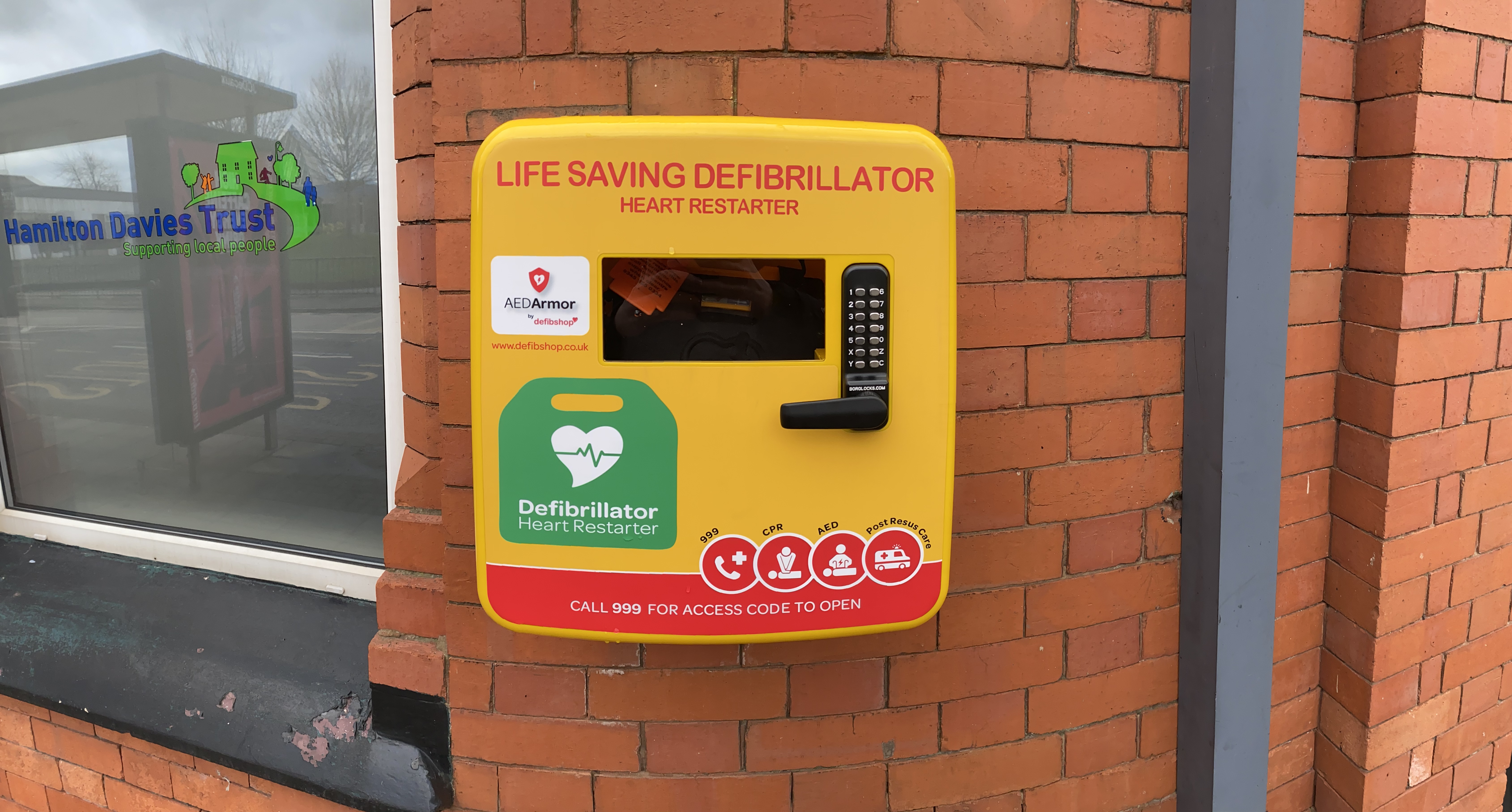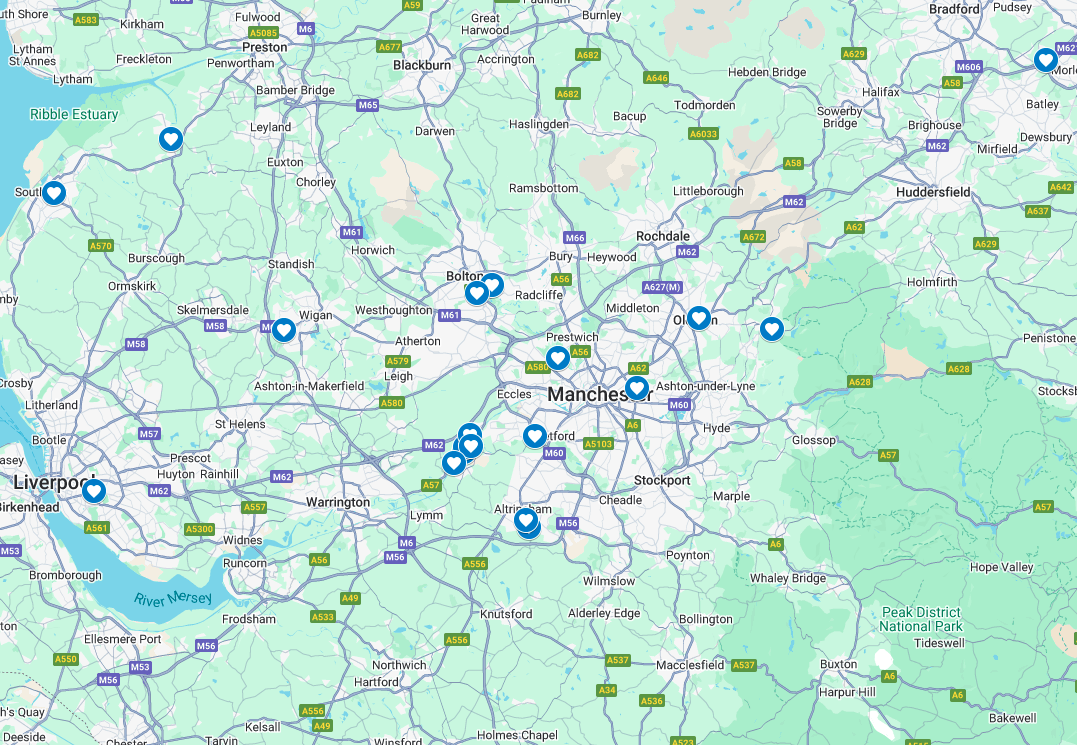Why defibrillators need to be a preventative measure in your workplace

Taking the necessary precautions to maximise employee safety is something many workplaces across the globe are now more proactive about.
Ways to be vigilant about workplace health and safety include; detailed health-and-safety policies, well-rehearsed fire-drill procedures, high-tech security, fully stocked first-aid kits as well as clearly marked fire-exits and fire-extinguishers.
As a nation, workplace health and safety is taken more seriously now than it has been in recent years. Cardiac health is often still overlooked. There are many workplaces without defibrillators that would not be equipped to respond to a sudden cardiac arrest.
Cardiac Health in the UK
A sudden cardiac arrest and a heart attack are both potentially fatal cardiac emergencies. Approximately 30,000 out-of-hospital cardiac arrests occur each year in the UK. Cardiac arrest can strike anyone, often without warning.
The most common cause of cardiac arrest is ventricular fibrillation. Ventricular fibrillation happens when an electrical malfunction occurs, causing the heart to stop pumping blood and ‘fibrillate’ instead. Cardiac arrest causes the victim to lose consciousness and stop breathing.
A heart attack occurs when an artery that supplies the heart with blood and oxygen becomes blocked. Symptoms include chest pain, shortness of breath and feeling weak or lightheaded. Without immediate treatment, a heart attack can lead to cardiac arrest.
What This Means for UK Employers
The average worker spends approximately 40 hours per week in work. As sudden cardiac arrest can strike anyone at any time or place, workplace defibrillators are essential.
Certain job roles put workers at a higher risk of experiencing SCA than others. Construction workers are known to have an increased risk due to the physically demanding nature of their job.
How Employers Can Protect Workers Against Cardiac Risks
The only way to successfully treat a victim of cardiac arrest is with effective CPR and defibrillation.
Anyone can use an automated external defibrillator to save the life of someone in cardiac arrest.
A defibrillator has pads to be placed on the victim’s chest. These pads assess the victim’s heart to identify whether or not the victim is suffering cardiac arrest and in need of a shock from the device. A shock will be delivered automatically when required if the device is fully automatic. Semi-automatic devices require the rescuer to press a button to deliver a shock when required.
Visual cues and audio prompts provide instructions to guide the rescuer through the process.
The average response time for an ambulance is 11 minutes. This is often too late to treat a patient who has suffered a cardiac arrest.
Therefore, swift treatment from an equipped bystander and a nearby defibrillator is essential to increase the patient’s chance of survival.
Take the Preventative Measure: Buy a Defibrillator for Your Workplace
SCA comes without warning, your staff will be much better protected if your workplace is ready and prepared to deal with it.
Having staff who are trained in CPR and on onsite defibrillator that is clearly marked and always within easy reach will ensure quick, effective treatment can be provided if required.
Here at defibshop, we have a full range of defibrillators to suit all budgets, and we offer training to ensure you are confident in using your device if required.
defibshop are committed to equipping everyone with the skills and knowledge to save a life. Speak to one of our Product Specialists on 0161 776 7422 or fill out our Contact Form.
FAQs
What are the key reasons to have a defibrillator in the workplace?
Defibrillators are crucial in the workplace because they provide essential life-saving capabilities in the event of a sudden cardiac arrest (SCA). With around 30,000 out-of-hospital cardiac arrests occurring annually in the UK, having an accessible defibrillator could mean the difference between life and death.
How does a defibrillator work in a cardiac emergency?
A defibrillator checks the heart rhythm and determines if a shock is necessary. Automated external defibrillators (AEDs) either deliver a shock automatically or prompt the rescuer to press a button to administer it. Audio and visual cues guide the rescuer through the process, making it feasible for anyone to use.
Who can use a defibrillator and do they require special training?
Anyone can use an automated external defibrillator (AED) thanks to its straightforward instructions and automatic assessment features. While training is beneficial and increases confidence in using the device, AEDs are designed for use by the general public, including those without medical training.
Why is rapid response crucial in treating cardiac arrests?
The average ambulance response time is around 11 minutes, which can be too late to effectively treat a cardiac arrest victim. Immediate treatment using CPR and a defibrillator significantly increases the chance of survival, underscoring the importance of quick and ready access to a defibrillator.
How can employers ensure their workplace is prepared for a cardiac emergency?
Employers can protect their staff by ensuring that an AED is readily available and clearly marked within the workplace. Additionally, providing CPR and AED training to employees enhances preparedness and the ability to respond effectively to emergencies.
Image by rawpixel.com












